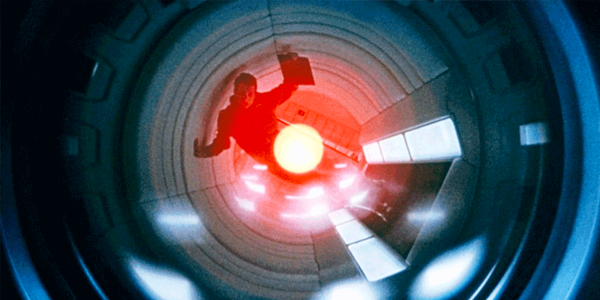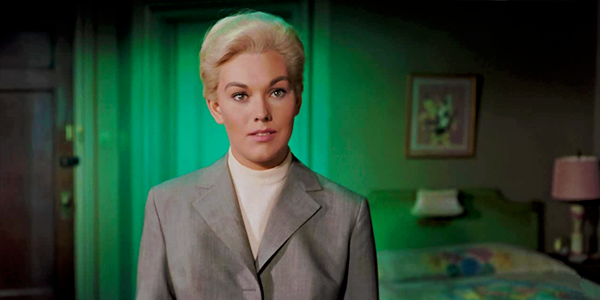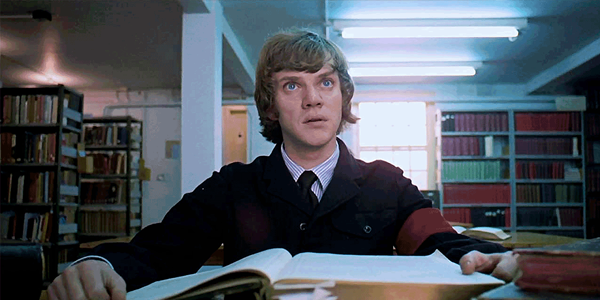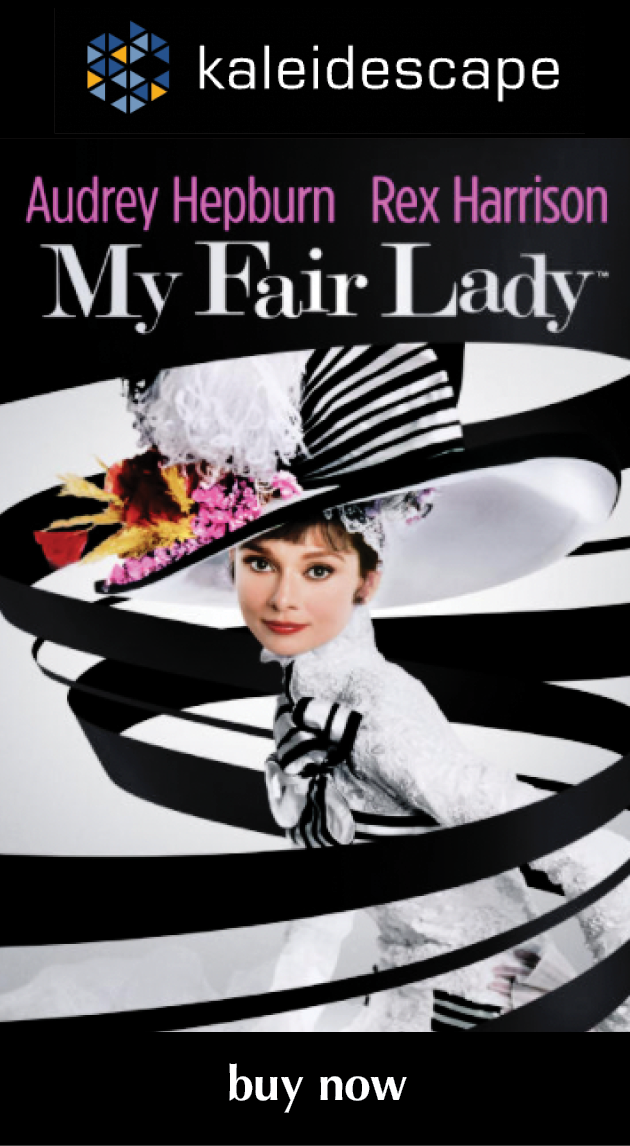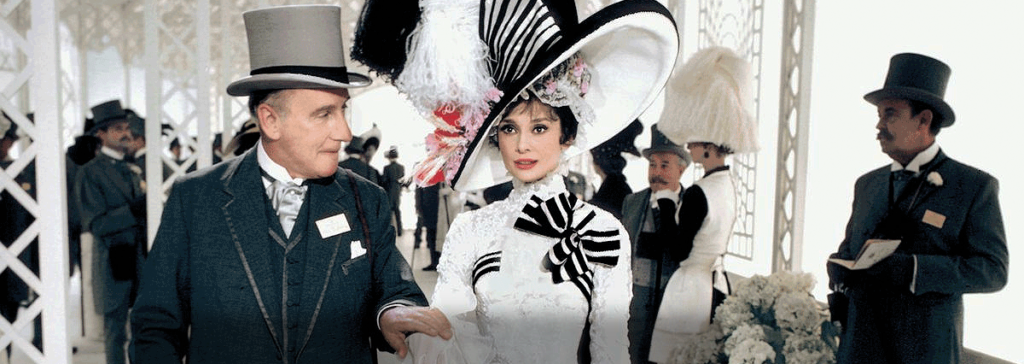
review | My Fair Lady
The big-screen translation of Lerner & Loewe’s perennial still holds up for the modern viewer, with a nice boost from a stunning 4K transfer
by John Sciacca
December 8, 2020
Much like Spartacus, My Fair Lady is a gem from the early ‘60s that I had yet to see. Also like Spartacus, it’s available in a gorgeous new 4K HDR transfer that’s available for streaming from sites like iTunes. But to experience the transfer in its full glory, the 89.8 Gigabyte download from Kaleidescape is the best option.
A third trait My Fair Lady shares with Spartacus is it was restored by Robert Harris (who also restored Lawrence of Arabia, Vertigo, Rear Window, and the first Godfather films). Harris originally restored the film in 1994 but was then hired by CBS in 2015 to perform a full digital restoration to prepare the film for its 50th Anniversary Blu-ray release.
This was a lengthy process that took more than six months and started by creating an 8K scan of the original 65mm negative. There was a good bit of repair to scratches, tears, and splices; color correction; cleanup; and dust removal. Some 12 million glitches were said to hav been digitally moved and faded colors were returned to their original vibrancy using an archival print from the Motion Picture Academy as a reference.
Immediately following the film, a vibrant pink title card proclaims, “Paramount Pictures has made a High Dynamic Range version on [sic] this film based on the efforts of Robert Harris, Fotokem, Audio Mechanics and the many others who helped with the original restoration.” (20th Century Fox’s press release on the restoration is pretty interesting reading.)
As mentioned, this was my first viewing and at first blush Lady seems like a lot to ask of a modern viewer. It’s not exactly like a 56-year-old musical set in early-1900s London that lasts just under three hours (170 minutes) is something you’d plan for your next movie night. Also, the plot of a priggish linguist taking on the challenge of teaching a poor Cockney street girl “the majesty and grandeur of the English language” to fit into polite society doesn’t really grab modern eyeballs (though I do love Kaleidescape’s concise synopsis, “A London guttersnipe transforms herself into a proper lady under a language professor’s stern tutelage.”)
However, as intrigued as I was about the quality of the 4K HDR transfer—especially after how impressed I was with Spartacus—it was really Audrey Hepburn starring as Eliza Doolittle that sealed the deal. She is truly a timeless beauty and it is just a treat to be able to watch and appreciate her—a testament to her charms, talents, and classic style that she is still such a draw so many years later.
A little digging reveals some pretty interesting things about Lady. With a production budget of $17 million dollars, it was the most expensive film shot in the US at the time. Based on the play Pygmalion by George Bernard Shaw, it had been adapted into a stage musical in 1956 that played on Broadway and in London. The stage version had Rex Harrison cast as Professor Henry Higgins (which he reprised in the film) with Julie Andrews playing Eliza. The film was nominated for 12 Academy Awards though Audrey Hepburn was notably snubbed from receiving a Best Actress nomination, rumored because many wanted Andrews to have the lead (she wasn’t considered well-known enough to star in such a big film) and because nearly all of Audrey Hepburn’s singing was dubbed by Marni Nixon. (Hepburn was told she would be able to do most of her singing and worked on the vocals for some time, but 90% of her lyrics were dubbed.) The film won eight Oscars including Best Picture, Director, Actor, and Cinematography. It also has extremely favorable critics and audience scores from Rotten Tomatoes, with 95% and 90% respectively.
As a musical with 25 numbers, including the overture over the opening credits and a finale (all lovingly pre-bookmarked for easy and instant access by Kaleidescape’s Movie Guide team), I was thinking this would be a near-three-hour song-fest with all of the dialogue sung, but that (pleasantly) isn’t the case. In fact, quite a bit of the movie is spoken, with characters breaking into song as the moment calls. I was also surprised how many of the songs I was familiar with, just not knowing they were from Lady: “The Rain in Spain,” “I Could Have Danced All Night,” “Get Me to the Church on Time,” and “I’ve Grown Accustomed to Her Face.”
While I find myself still humming “Wouldn’t it Be Loverly?” even a couple of days later, my two favorite numbers were “With a Little Bit of Luck” and “Show Me.” “Luck” is performed by Doolittle’s father, Alfred (Stanley Holloway), with some humorous lyrics extolling the benefits of how some luck can get you out of tricky situations like doing hard work, getting hooked by a lady, or helping out a neighbor in need. “Show Me,” performed by Eliza, is about how a potential suitor needs to show his attentions with actions, not words.
One character that does take a bit of getting used to is the surly Professor Higgins. He is in love with himself and linguistics, and shows large measures of disdain to all around him but mostly Eliza whom he meets after overhearing her extremely Cockney accent as she’s trying to sell flowers outside an opera. After a chance encounter with Colonel Hugh Pickering (Wilfrid Hyde-White), we have the opening number “Why Can’t the English Learn to Speak?,” which basically establishes the premise/bet that Higgins could teach anyone—even Doolittle!—to speak so not even the King could tell she didn’t belong, which would be then the key to them having a better life.
But Higgins hurls a constant barrage of verbal assaults at Doolittle throughout the film, including calling her creature, baggage, garbage, guttersnipe, squashed cabbage leaf, deliciously low, horribly dirty, draggletailed, barbarous wretch, and more. Some of these are off-handed descriptions while others are shouted insults. His feelings are also pretty well summed up in the number, “A Hymn to Him (Why Can’t a Woman Be More Like a Man?)”. I would say that his character is incredibly misogynistic. However, someone online argued that he’s actually a misanthrope (“a person who dislikes humankind and avoids human society”), which actually seems more accurate.
That Higgins shows not the least interest, compassion, concern, or care for Doolittle—even on a human level, let alone a romantic one—makes the ending feel that much more forced. But what is more classic Hollywood than the leads coming together at the end?
So, how’s it look? In a word, stunning.
Images are incredibly clean and detailed, with razor-sharp edges. Cobblestones in the street are clearly outlined and detailed, as is the distressing and texture in cement columns. Early on, Higgins is wearing a hat with a very fine check plaid, and the tight lines are clearly defined and visible. In another scene, he is moving about his grand library and even from a lengthy camera shot you can just about read the fine print on the books’ spines. Near the end, he sits in a white rattan chair that has incredible detail to its tight lines and pattern.
We also get terrific depth of field and focus. Shots such as at the Ascot Gavotte race or at the embassy dance show dozens of actors at once, all in crisp focus. You can also appreciate the costumes—especially Doolittle’s Ascot outfit and embassy gown—and other little attentions to detail and set dressing. It really demonstrates the benefits of being able to extract every bit of detail from the 8K scan of the original 65mm negative and Super Panavision 70 process. I was only occasionally aware of any grain, and it was never distracting, but at the same time it didn’t look like it had been scrubbed away, softening the picture.
They took a light touch with the HDR grading but we do get some nice bright whites, especially in men’s crisp tuxedo shirts and Doolittle’s race dress. Blacks are also dark and noise-free, whether in nighttime street scenes or tuxedoes. The added contrast also provides more realistic and lifelike images throughout.
Don’t expect to use the 5.1-channel DTS-HD Master audio mix as demo material to show off your sound system but it keeps the attention and focus up front where it should be. If there was any audio mixed into the surround speakers, I didn’t notice it. I did notice that the mixers used the front three channels to give characters some room to move, not locking voices just to the center channel but letting them move left and right of center. This was also noticeable in the horse-race scene—the film’s most dynamic sonic moment—as the horses race from far right to far left. The orchestra is also given a lot of space to play in the front, with music having a nice tall soundstage helped by some processor upmixing to the front height channels.
Dialogue was mostly intelligible but I did have some trouble early on when Doolittle is speaking in her heavily accented voice. Whether this was just difficulty with the dialect or the mix or a bit of both I can’t exactly say.
My only quibble with the audio is in the dubbing of Hepburn’s lyrics. I know it was a huge musical of the time and that audiences expected professional singing quality, but dammit if Gerard Butler can be The Phantom of the Opera then Hepburn could have sung for Eliza. We know she can sing from “Moon River” in Breakfast at Tiffany’s. But even taking the dub-snub away, it is the fact that the musical numbers have a noticeably different tone and quality to them, and the voice change just pulls you that much more out of the scene, but especially so in the numbers “Just You Wait” and “The Rain in Spain,” which has her singing some of the lines and Nixon clearly coming in and sounding vocally and tonally different.
I can’t imagine My Fair Lady looked or sounded any better even on the night of its premiere. This transfer has images that look great for a modern film, let alone one that’s 56 years old, and it dazzles up on a big home theater screen. While the near three-hour runtime is a serious commitment, I found it thoroughly entertaining and definitely see why it’s considered a classic.
Probably the most experienced writer on custom installation in the industry, John Sciacca is co-owner of Custom Theater & Audio in Murrells Inlet, South Carolina, & is known for his writing for such publications as Residential Systems and Sound & Vision. Follow him on Twitter at @SciaccaTweets and at johnsciacca.com.
© 2025 Cineluxe LLC


